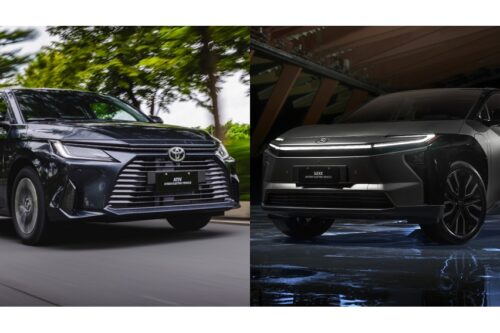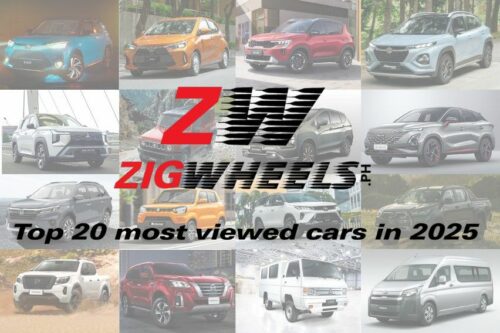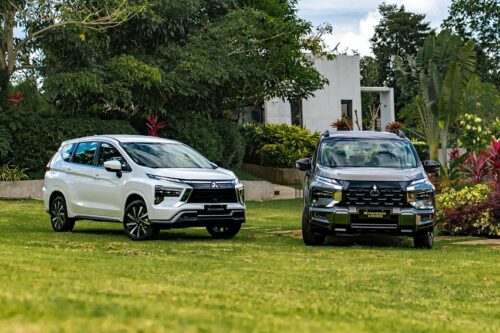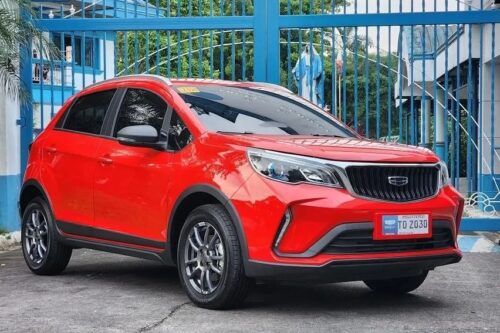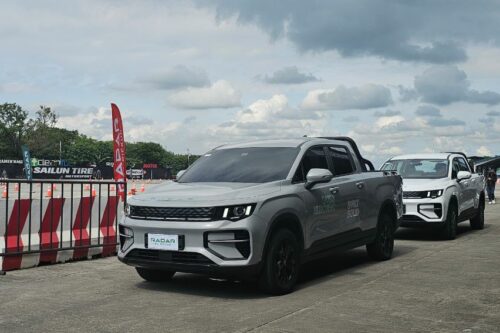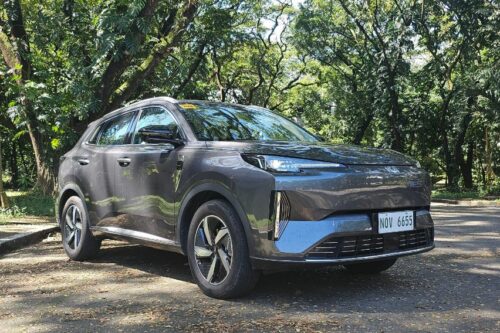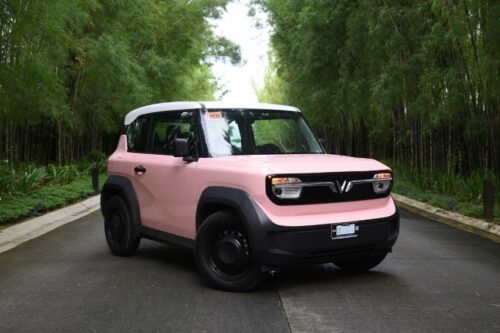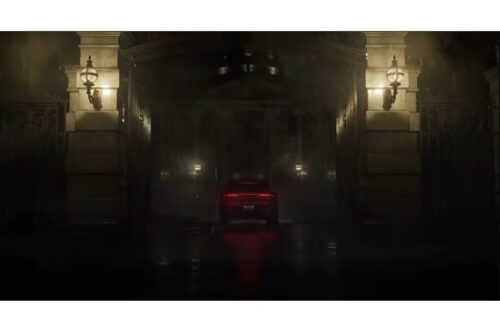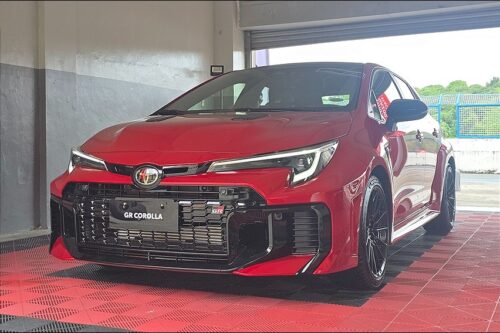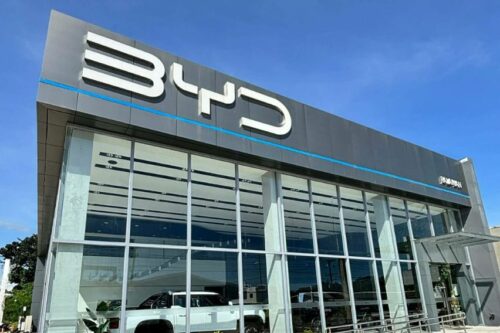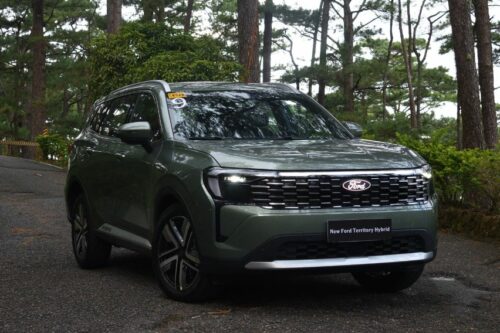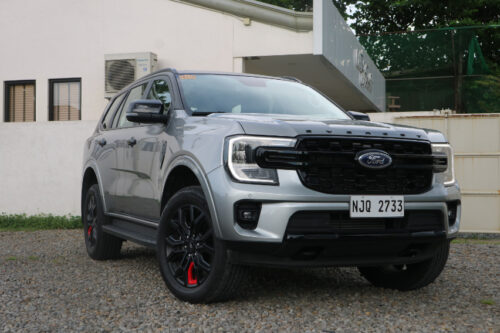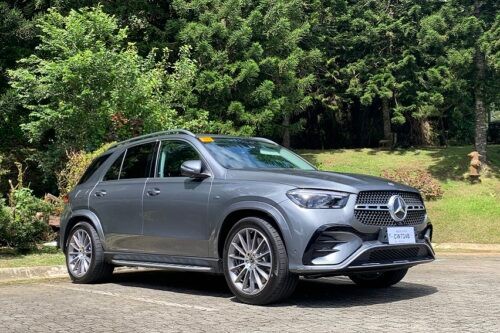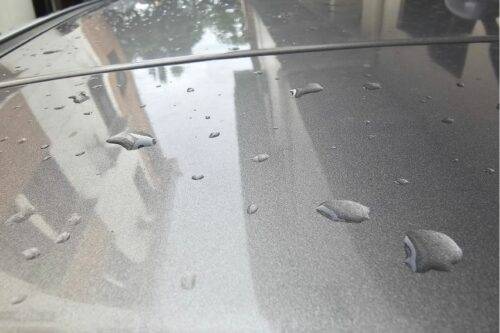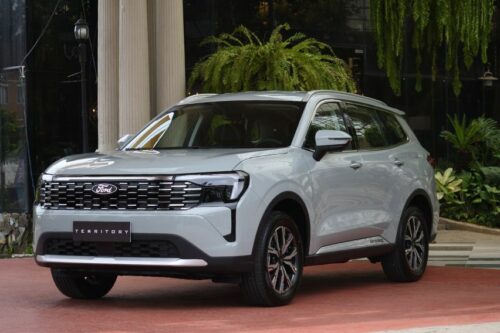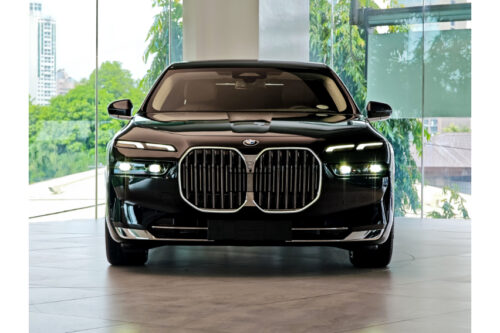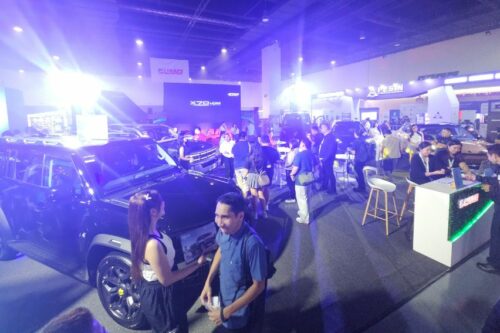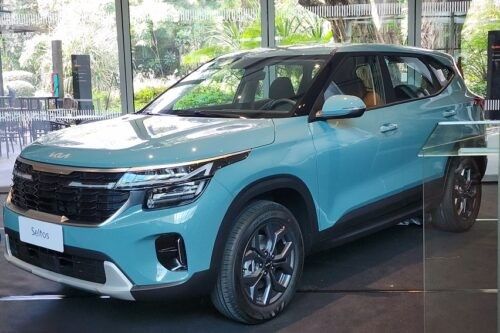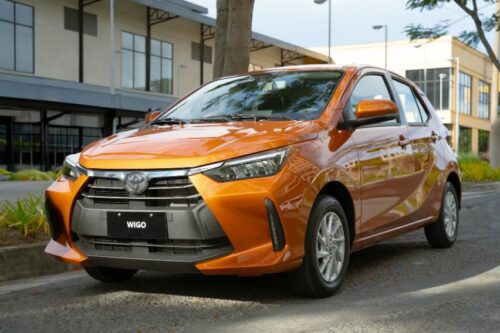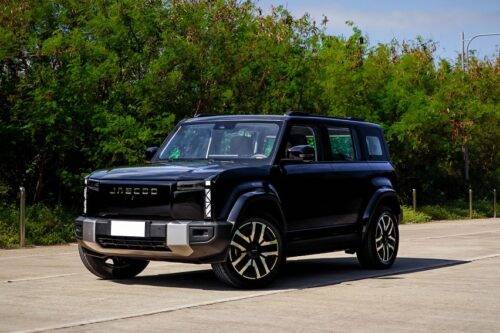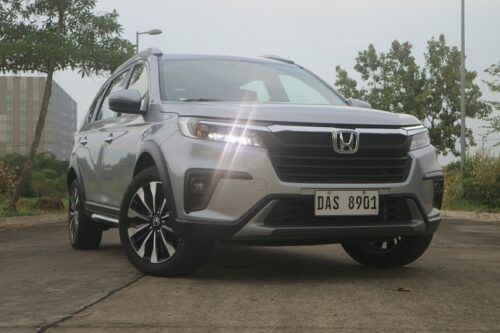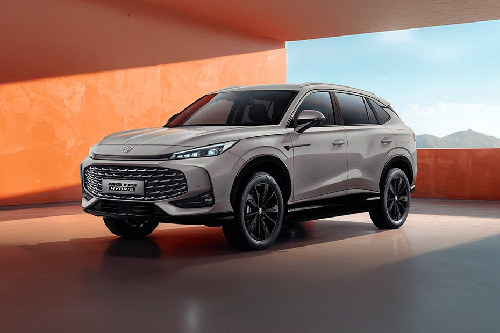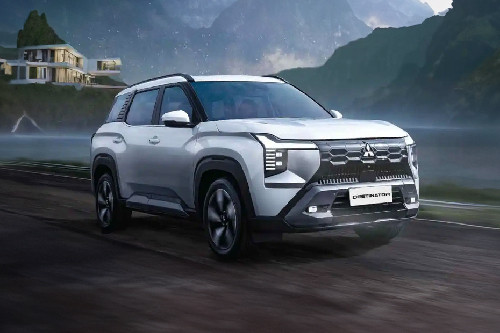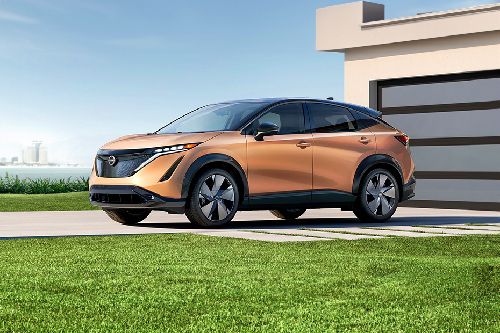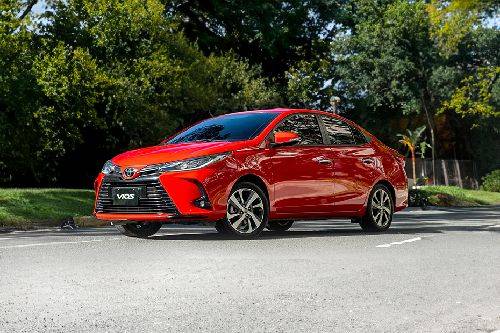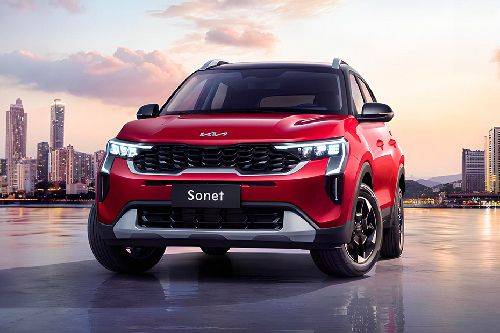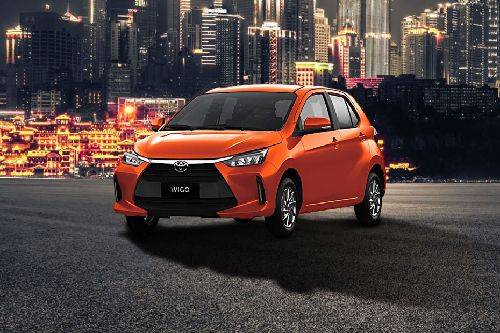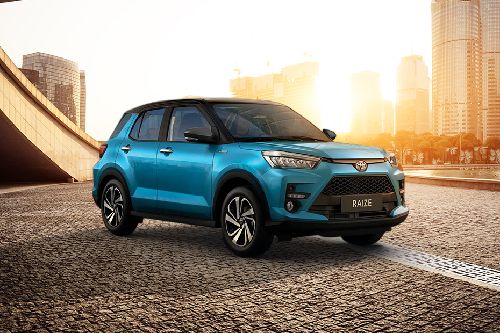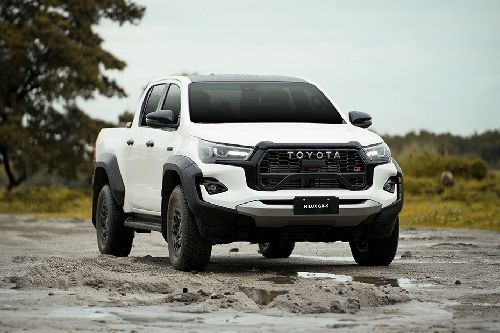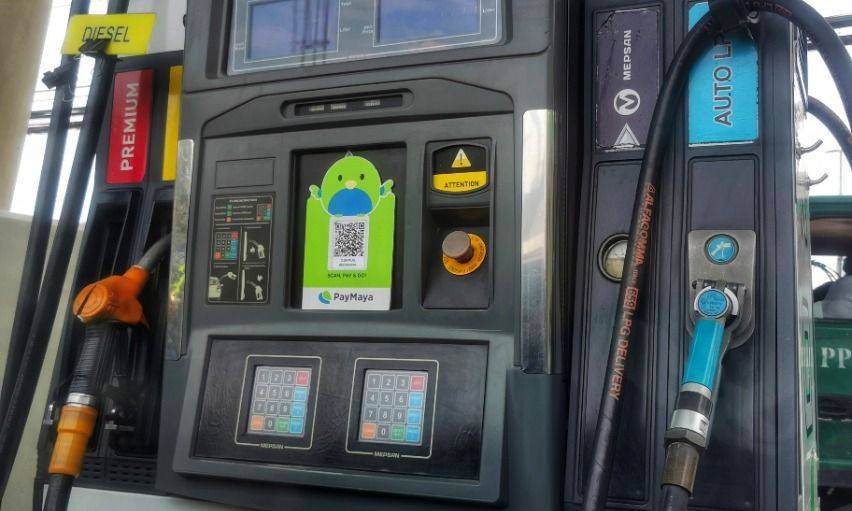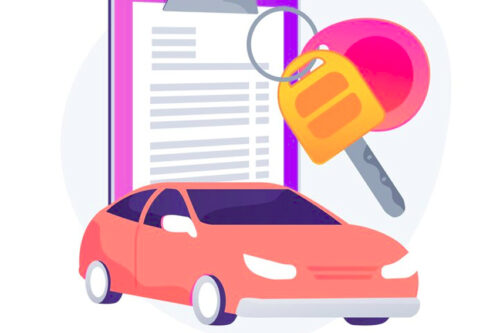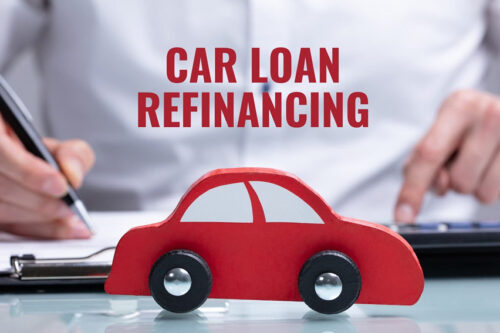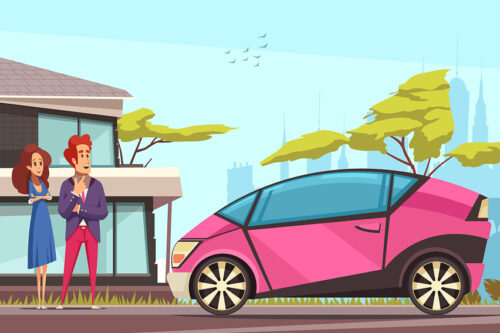High on hybrids: What kinds are out there?
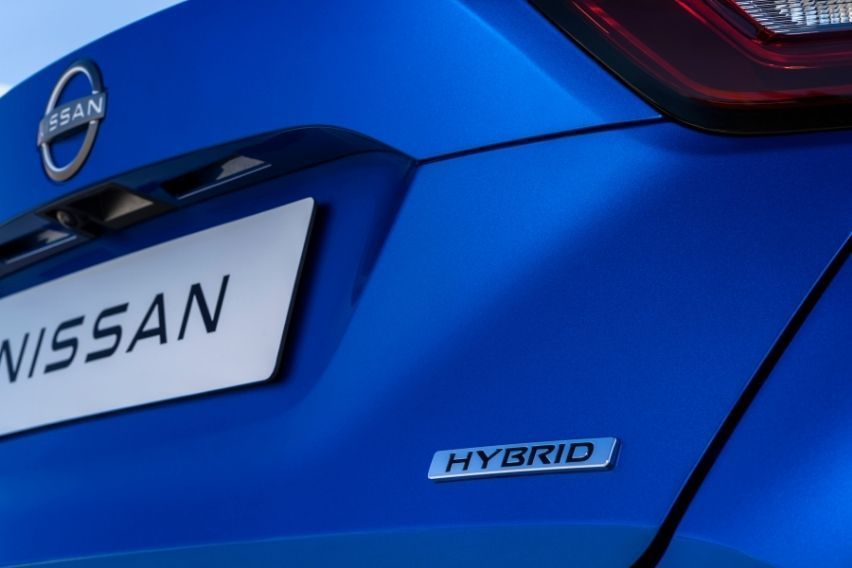
Hybrid power is found in a growing number of cars as carmakers are making the switch from conventional gasoline and diesel engines to less polluting and more efficient power plants.
KEY TAKEAWAYS
What are the different kinds of hybrid systems?
Hybrid cars come as full hybrids, mild hybrids, plug-in hybrids (PHEVs) and range extenders (REXs).What are the basic elements of a hybrid vehicle?
A hybrid car uses an internal combustion engine (ICE) and technologies from battery electric vehicles (BEVs) — such as batteries and electric motors — to deliver lower CO2 emissions and increased fuel economy.To put simply, a hybrid car uses an internal combustion engine (ICE) and technologies from battery electric vehicles (BEV) — such as batteries and electric motors — to deliver lower CO2 emissions and increased fuel economy.
Electrical energy stored in batteries, with the combustion energy of gasoline or diesel fuel, work together in various ways to help propel the vehicle.
But how does hybrid technology work? This guide will explain each different kind of hybrid vehicle — full hybrids, mild hybrids, plug-in hybrids (PHEVs) and range extenders (REXs) — and the benefits of each vehicle.
Full hybrids
The most common kind of hybrid, a full hybrid uses both combustion engine and electric motors, either together or independently, to drive the car.
Full hybrids can hold small amounts of electric charge. This charge can be used to provide extra power to a combustion engine, which then eases the engine's work and improves its fuel economy.

With electric motors built into the drivetrain, a full hybrid can also switch to run in electric-only mode, although usually just at low speeds for driving around the city and over extremely short distances, as the batteries are relatively small.
However, the small size of the batteries can be charged to full capacity quickly by the engine. The size also averts range anxiety for the driver, or the fear of running out of electric power in the middle of a journey. Even if the batteries become completely flat, the full hybrid car can be driven on its ICE alone.
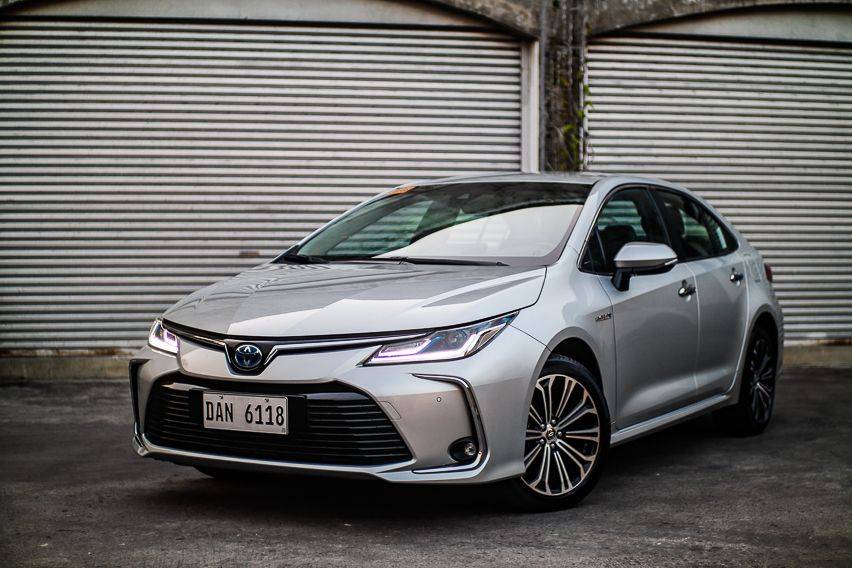
The most notable examples of full hybrid cars come from Toyota that, among others, offer the Corolla Altis and Corolla Cross Hybrid and Prius cars. Hybrids from Toyota's premium arm Lexus are also full hybrid vehicles.
Mild hybrids
Like a full hybrid, a mild hybrid uses an electric motor alongside a combustion engine — but the two power sources cannot be used independently of one another. Instead, the small electric motor is there to only assist the engine.
Mild hybrids are said to offer a simpler powertrain that translates to modest power and efficiency gains.
Using a belt alternator starter, the mild hybrid system feeds energy to the batteries through the energy gained when the car decelerates or brakes.

Formula 1 cars can be considered as mild hybrids. These cars use their energy recovery systems that capture and store kinetic energy from braking, and that energy is then harnessed as electrical energy to augment the power of the gasoline-powered engine.
Plug-in hybrid electric vehicles (or PHEV)
The PHEV, well, is a full hybrid with a cord that can be plugged in to charge its electric batteries.
The PHEV can be driven on electric power alone for a certain distance and speed. Once the charge has run out, the regular combustion engine takes over just like in a full hybrid.
With rechargable bigger onboard batteries, PHEVs provide a much better range on electric power only compared to a full hybrid. For this reason, PHEVs work more similar to a full electric vehicle.

In pure electric mode, the Mitsubishi Outlander PHEV can travel for 55 kilometers without emitting CO2 or using a drop of fuel.
Range extender hybrids (REX)
These systems merely use the onboard combustion engine as a generator. REX cars are driven exclusively by electric motors, with the internal combustion engine providing no direct drive.
An example of a REX system could be the e-Power technology that Nissan Philippines announced it will launch in the market soon.
The company explained: "E-Power is a 100% electric motor-driven system that provides a powerful and smooth drive, because the wheels are completely powered by the electric motor.
"The electricity for propulsion is generated by a highly efficient gasoline engine that charges the high-performance lithium-ion battery pack."
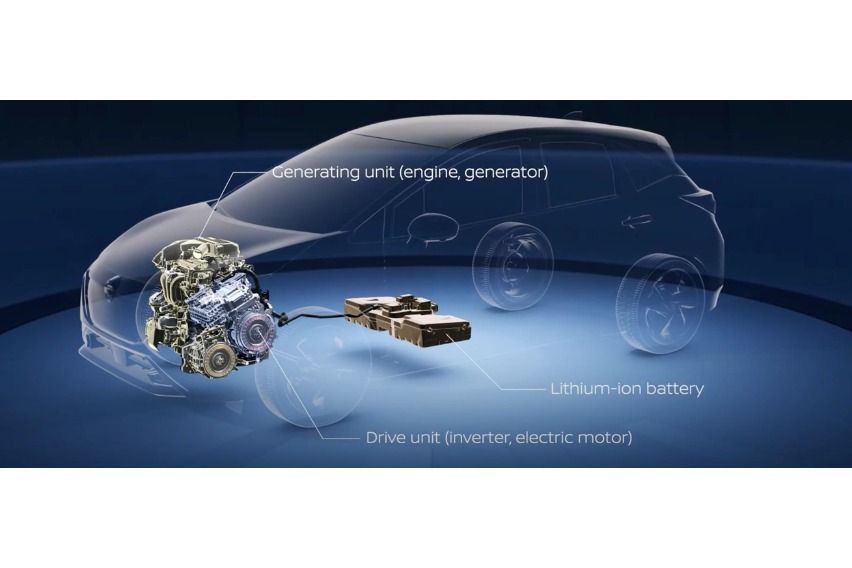 So, how do you like your hybrid?
So, how do you like your hybrid?
Photos from Formula 1, Mitsubishi, Nissan, and Roy Robles
Sell your car at the best price
 Verified and genuine buyers
Verified and genuine buyers
Trending & Fresh Updates
- Latest
- Popular
You might also be interested in
- News
- Featured Stories
Featured Cars
- Latest
- Upcoming
- Popular
Latest Car Videos on Zigwheels

Car Articles From Carmudi
- journal
- advice
- financing
- insurance



